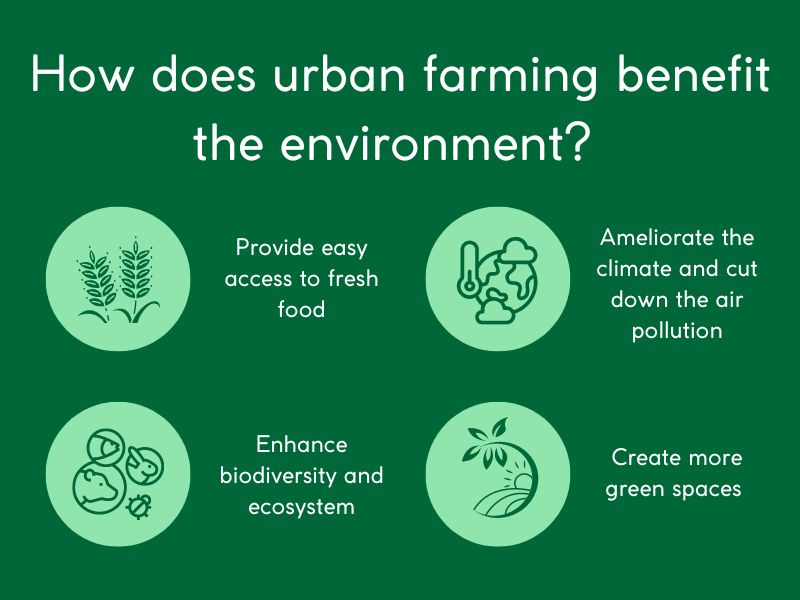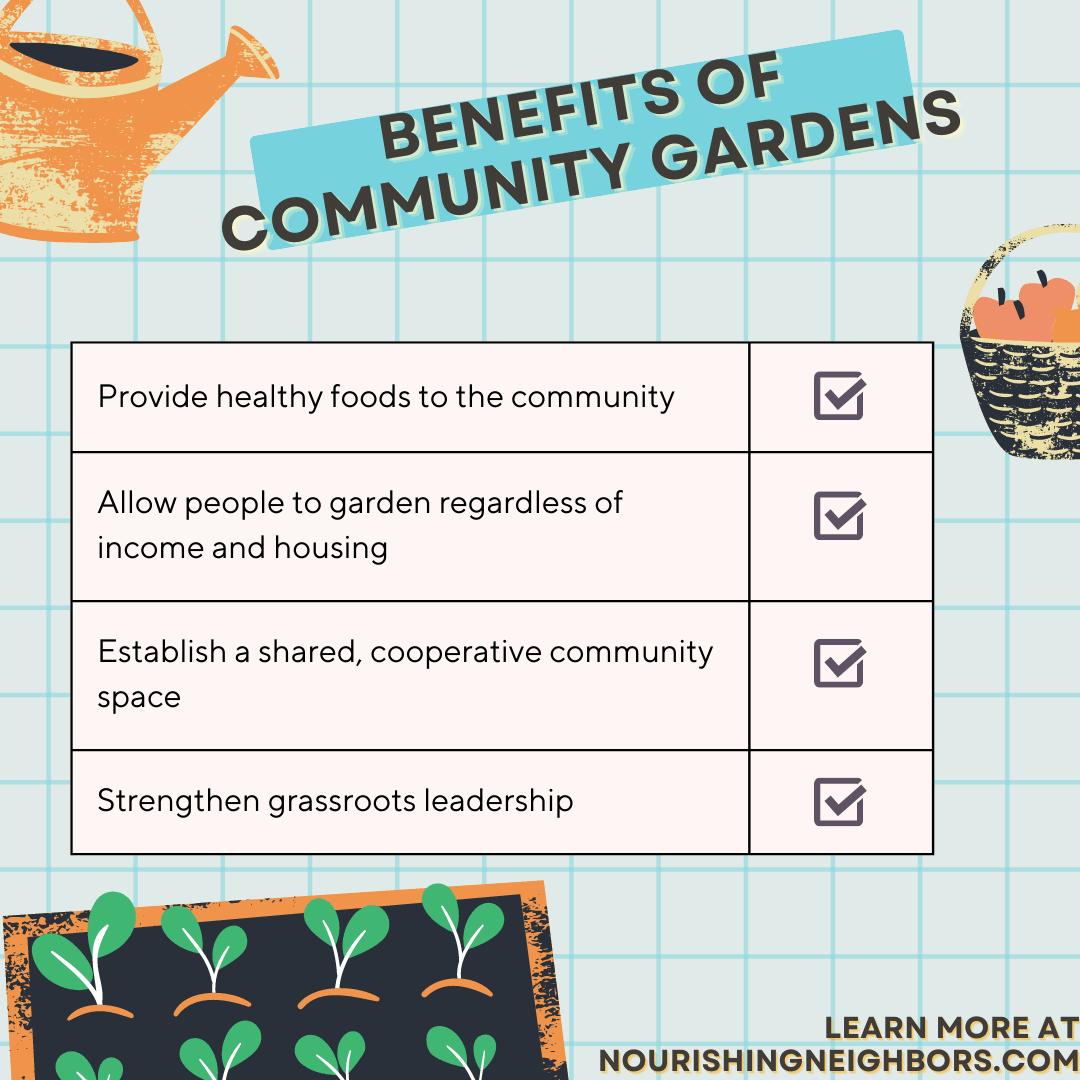The 8-Second Trick For City Blooming
The 8-Second Trick For City Blooming
Blog Article
The smart Trick of City Blooming That Nobody is Talking About
Table of ContentsCity Blooming - The FactsMore About City BloomingCity Blooming - TruthsThe Only Guide to City BloomingThe smart Trick of City Blooming That Nobody is Talking About
Nature has extraordinary effects on our physical and mental health, so it's not a surprise that a basic delicious on a desktop computer or some potted herbs on a windowsill can promptly improve an area. Take those plants an action further, and you'll cross right into the region of urban horticulture, which brings also more advantages to people and communities alike.Urban gardens can be often tended by individuals, teams, firms, or companies. The quantity and variety of food grown can differ commonly, as well as the dimension of the job itself, however urban horticulture campaigns are all rooted in a city setting.
Whether they contain a collection of pots on a balcony or a collection of plots on a vacant whole lot, these gardens provide even more than food, using a host of environmental, financial, and social advantages. Since produce is expanded in local setups rather than far-away farms, city horticulture reduces transport requirements, therefore minimizing carbon discharges.
Things about City Blooming
Lasting and organic agriculture gets rid of or reduces much of the ecological harm that would certainly be incurred by commercial agricultural techniques. Eco-friendly areas in cities help minimize the city heat island impact. Urban farming stimulates regional economic situations and supports regional food manufacturers. Area gardening projects typically use food at little or no price, which helps reinforce food spending plans and increase food safety. Below at Cravings For Adjustment, we make use of food as a device to construct wellness, wide range, and social adjustment in North Minneapolis. We bring individuals with each other to discover, cook, eat, and grow food, creating change that lasts.
Browse our shop, consider offering, or give away today to sustain our extraordinary effect in North Minneapolis! Together, we can produce well-rooted and flourishing adjustment!.

The main lesson we, when again, should learn is that cities are not separated from nature. They belong of the larger biome in which they're situated. As organizers and designers, we are trained to assume holistically. While these fields of study advertise cities as helpful, no city is best not even close, and the susceptabilities and interconnections of the global supply chain has actually affected all of us in unpredicted methods.
What Does City Blooming Mean?
I will take a look at designs from the past that promoted metropolitan gardens and gardeners, and show what worked and what did not. I will discuss the opportunities and challenges of being an urban garden enthusiast, what is required to establish up a yard of your own, and what legislations and requirements stand in the way of making cities better at promoting city yards.
The quantity of time lost reaching and from conventional work environments has been well documented. One remarkable research wrapped up that before the pandemic, Americans wasted approximately 54 hours a year travelling. The collected unfavorable effects of pollution and stress and anxiety that arise from commuting alone by vehicle as most Americans do are substantial.
The capability to come to the workplace for collaboration and society, and stay home for focused job is an idea that saves time, is much better for the environment and is a smarter usage of minimal resources. What hasn't yet taken hold is the link in between these changes in habits and how cities might react.
Unknown Facts About City Blooming
What are the health effects of our cities unexpectedly overdesigned for cars? How can our city facilities (roads, utilities) execute better, not only as conduits to relocate people and goods, but as contributors to natural systems? Urban phenomena such as smog, poor water quality and the 'warmth island effect' can be reduced great post to read by greening our streets, electrifying our cars and planting our car park.
In a current write-up in the Wall surface Street Journal, Richard Florida talked about the phenomenon of 'zoom cities,' which attract remote workers by creating a picture of a greater top quality of life (balcony and patio garden design). He composed: "For cities, remote work transforms the emphasis from drawing business with special bargains to tempting skill with services and amenities
Urban gardening currently has lots of options to help you expand food anywhere you have space, such as with container horticulture, hydroponic gardening, and rooftop horticulture. This implies you can control the area where you grow the food, and worry much less regarding environmental problems like drought or winter. You can select what you desire to expand, how you intend to grow it, and where you wish to expand.
Fascination About City Blooming
Growing mass-produced food with conventional farming techniques takes a great deal out of the world. Past the lots of sources that are made use of on the ranch, the food after that needs to be transported from where it is grown to a shop near you. That calls for melting a whole lot of gas. Usually in the united state, food is currently delivered in between 1,500 and 2,500 miles to get to the consumer.

Report this page